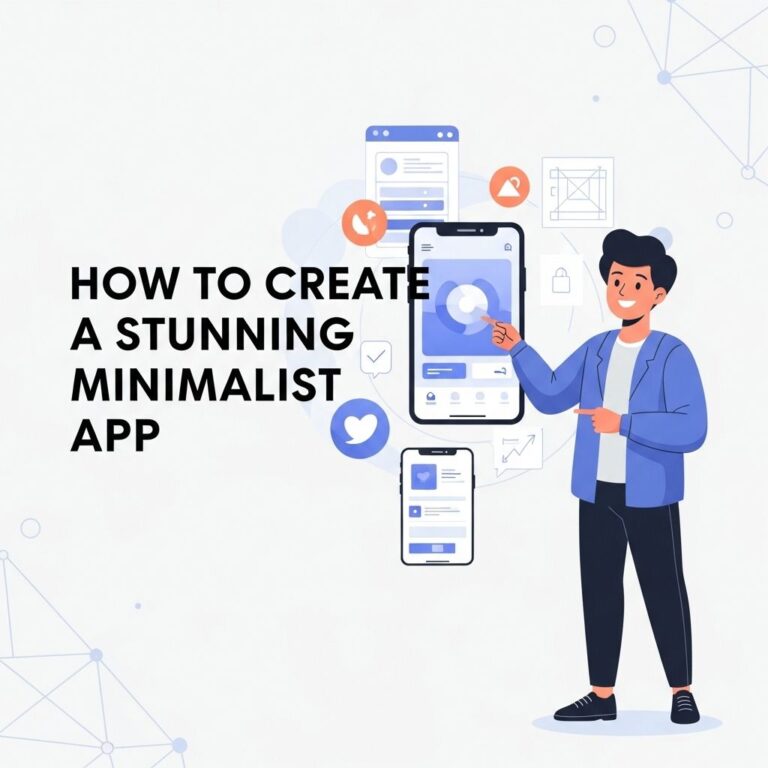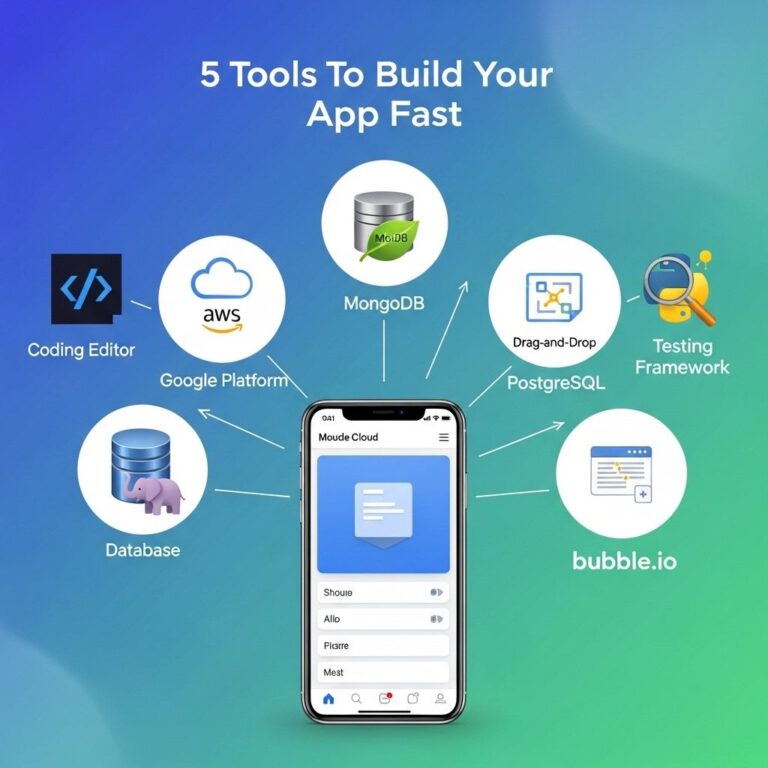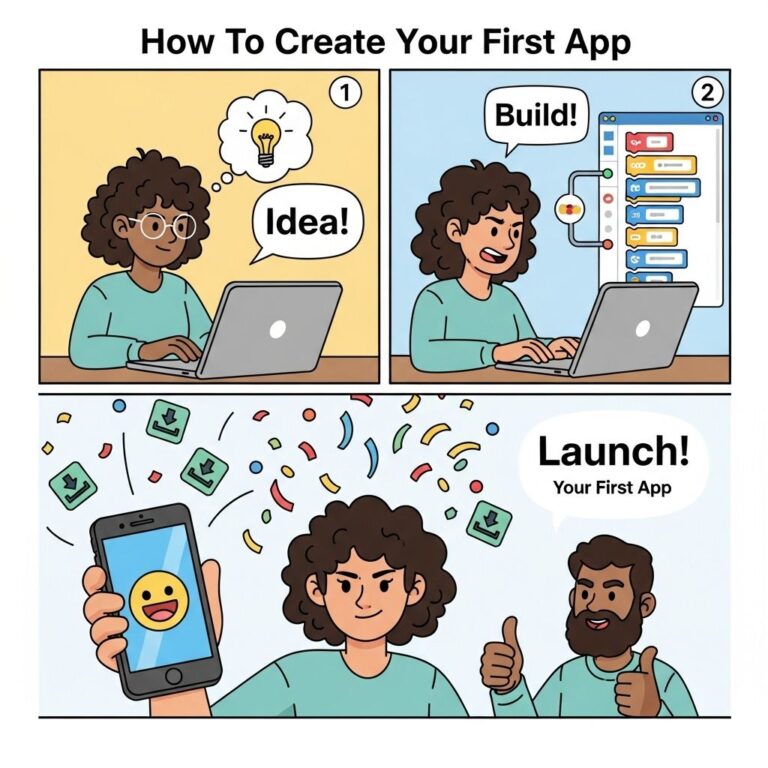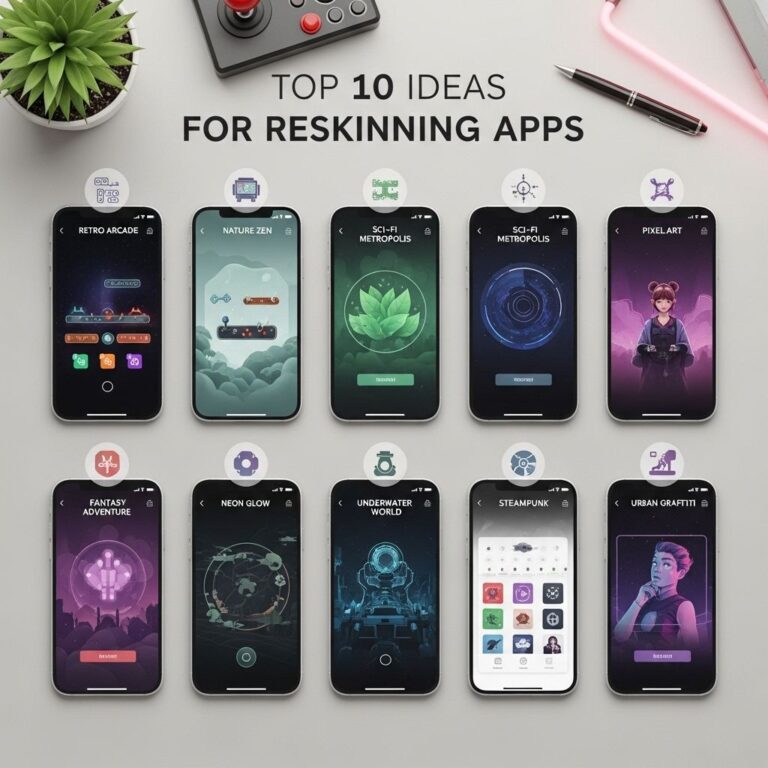In the ever-evolving landscape of mobile applications, subscription-based models have emerged as a dominant revenue stream for developers and companies alike. With users becoming increasingly willing to pay for quality content and ongoing service, understanding how to effectively launch a subscription app is crucial for maximizing profitability and user retention. This guide delves into the essential strategies and considerations for successfully launching a subscription app.
Table of Contents
Understanding the Subscription Model
Before diving into the launch process, it’s important to grasp what a subscription model entails. Unlike traditional one-time purchases, subscription apps charge users on a recurring basis, typically monthly or annually. This model not only provides a steady revenue flow but also encourages developers to continuously improve their offerings. Key aspects to consider include:
- Recurring Revenue: Subscription apps can generate consistent income, making them more attractive to investors.
- User Engagement: With ongoing access to content or services, engagement levels often remain high.
- Churn Rate: Understanding and managing the rate at which subscribers cancel is crucial for long-term success.
Market Research and Target Audience
Identifying your target audience and understanding market demands are critical steps in launching a successful subscription app. Conduct thorough market research to assess:
1. Competitors
Analyze existing subscription apps in your niche. Create a comparison table highlighting:
| App Name | Price | Features | User Ratings |
|---|---|---|---|
| Competitor A | $9.99/month | Feature 1, Feature 2 | 4.5 |
| Competitor B | $12.99/month | Feature 3, Feature 4 | 4.0 |
| Your App | $7.99/month | Feature 1, Feature 3 | Pending |
2. User Personas
Develop user personas to represent your ideal customers. Consider age, gender, preferences, and pain points. This will guide your marketing and feature development.
Developing the App
The development phase is where your visions turn into reality. Here are the primary steps involved:
1. Choose the Right Tech Stack
Select a tech stack that meets your app’s needs. For subscription apps, consider:
- Frontend: React Native, Flutter
- Backend: Node.js, Python
- Database: Firebase, MongoDB
2. Implement Payment Integration
For a seamless user experience, integrate reliable payment processors. Popular options include:
- Stripe
- PayPal
- Apple Pay/Google Pay
3. Focus on User Experience
A user-friendly interface is crucial for retention. Implement features such as:
- Simple onboarding process
- Easy navigation
- Personalized content recommendations
Marketing Strategy
An effective marketing strategy is essential to attract your initial user base. Here are some tactics to consider:
1. Build a Pre-Launch Buzz
Generate excitement before your launch by:
- Creating a landing page to collect emails
- Utilizing social media to share teasers
- Engaging with influencers for promotions
2. Leverage Content Marketing
Create valuable content that educates and engages your target audience. Consider:
- Blog posts about industry trends
- Video tutorials showcasing app features
- Webinars to connect with potential users
3. Paid Advertising
Invest in paid ads on platforms like:
- Google Ads
- Facebook Ads
- Instagram Ads
Launch Day Execution
On launch day, ensure that everything runs smoothly. Here’s a checklist:
- Finalize app store submissions for iOS and Android.
- Monitor app performance and user feedback closely.
- Engage with users on social media and app stores.
Post-Launch Strategies
Once your app is live, the work is far from over. Focus on:
1. Feedback Loop
Actively collect and analyze user feedback to make improvements. Consider:
- In-app surveys
- App store reviews
- Social media engagement
2. Retention Strategies
Implement strategies to reduce churn and retain users, such as:
- Regular updates and new features
- Incentives for long-term subscriptions
- Engagement campaigns through emails and notifications
3. Monitor Metrics
Track important metrics like:
- Monthly Active Users (MAU)
- Churn Rate
- Customer Lifetime Value (CLV)
Conclusion
The subscription app market is filled with opportunities for those willing to invest time and effort into understanding their audience and continuously improving their app. By following the strategies outlined above, you can position your subscription app for success in a competitive environment. Remember, the key to a thriving subscription business lies in delivering value that keeps users engaged and willing to pay month after month.
FAQ
What are the key steps to launch a subscription app successfully?
To launch a subscription app successfully, you should conduct market research, define your target audience, create a unique value proposition, develop a user-friendly app, implement effective marketing strategies, and continually engage with your users.
How can I determine the right pricing model for my subscription app?
Determining the right pricing model involves analyzing competitor pricing, understanding your target audience’s willingness to pay, and considering the value your app provides. You can also test different pricing tiers and adjust based on user feedback.
What marketing strategies are effective for promoting subscription apps?
Effective marketing strategies for subscription apps include content marketing, social media advertising, influencer partnerships, email marketing, and offering free trials or discounts to attract new users.
How can I retain subscribers for my app?
To retain subscribers, focus on providing consistent value, regularly update your app with new features, offer excellent customer support, and engage users with personalized content and communication.
What metrics should I track after launching my subscription app?
Key metrics to track include user acquisition rates, churn rates, customer lifetime value (CLV), conversion rates from free trials to paid subscriptions, and user engagement levels within the app.









